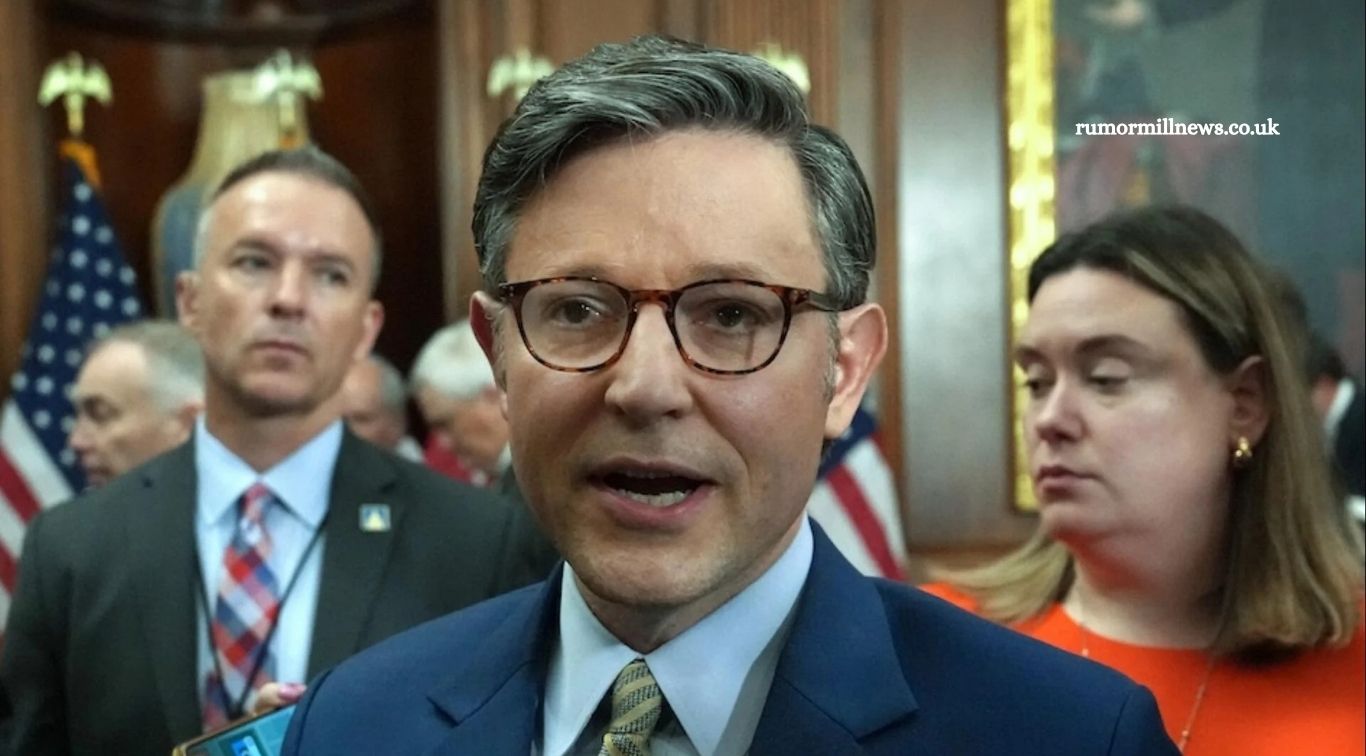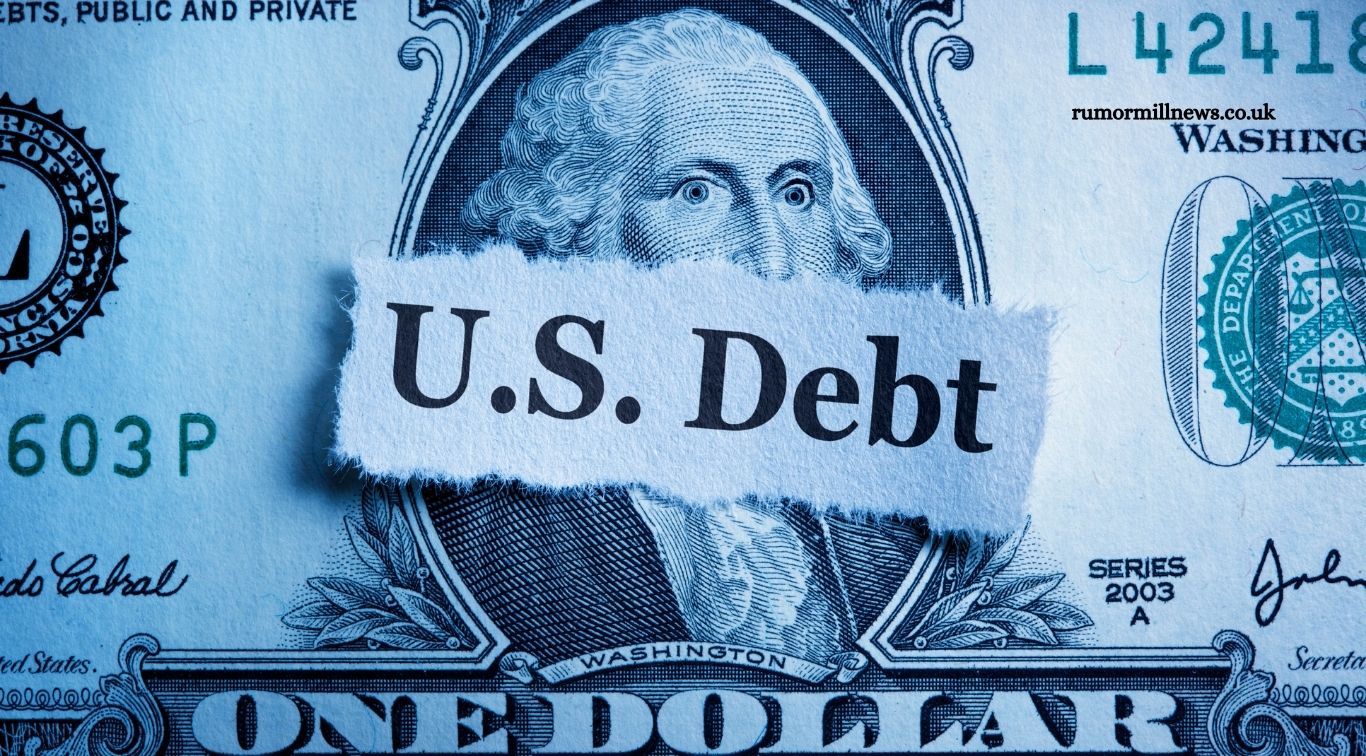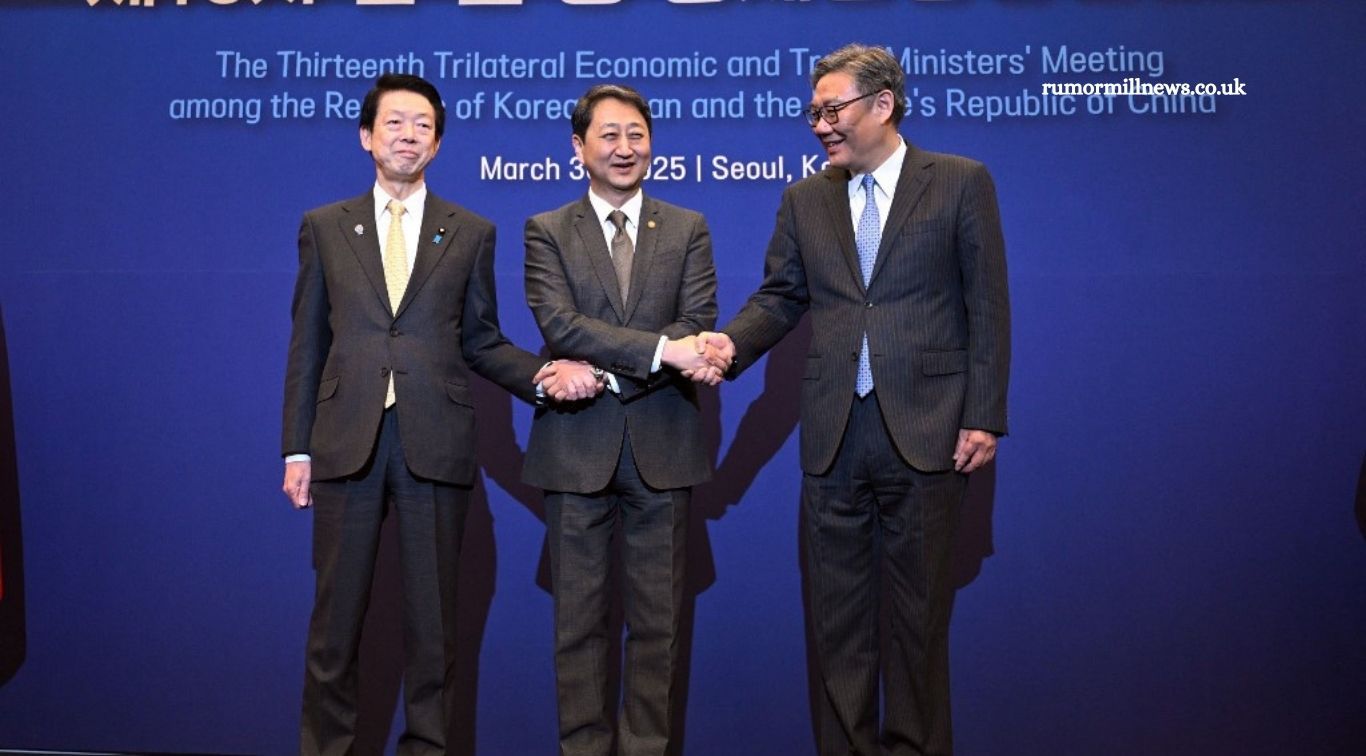The U.S. Congress has passed the “One Beauty and Big Budget,” a comprehensive package reflecting former President Trump’s second-term fiscal agenda. Lawmakers aimed to deliver a unified bill to Trump’s desk by July 4. On Tuesday, the Senate vote split evenly, requiring Vice President Vance to cast the deciding vote in favor, with all 50 Republicans supporting it and all 47 Democrats, along with three Republicans, opposing.
Senator Rand Paul voted no due to concerns about raising the debt limit, while Senators Susan Collins and Thom Tillis opposed the bill because of its steep Medicaid cuts. In the House, the bill narrowly passed, 218–214, with support solely from Republicans. GOP Representatives Thomas Massie, citing insufficient spending cuts, and Brian Fitzpatrick, objecting to reductions in Medicaid and SNAP, joined Democrats in opposition.
What’s in the bill?
The 2025 One Big Beautiful Budget Act (OBBBA) delivers on Trump’s second-term fiscal agenda with significant tax cuts and targeted Republican spending increases. It extends key income tax provisions from the 2017 Tax Cuts and Jobs Act (TCJA), preventing a looming fiscal cliff. In line with campaign promises, the bill introduces tax deductions on tips, overtime, and Social Security income, while expanding the child tax credit. The SALT deduction cap will also rise, a win for Republicans in high-tax states.
Defense and immigration enforcement see boosted funding. Immigration measures include wall expansion, more migrant detention, and increased ICE funding. Defense funds will support shipbuilding, missile defense (including the Golden Dome), and ammunition restocking. Still, defense spending is projected to remain at just 2.7% of GDP by 2034, below NATO targets. For context, during the Reagan era, defense spending accounted for more than 6% of GDP.
To help offset costs, the bill cuts Democratic priorities. EV tax credits from the Inflation Reduction Act will be eliminated, and new taxes will be imposed on wind and solar projects that heavily rely on foreign components. SNAP funding will be reduced, shifting more responsibility to states. Medicaid cuts are included but softened to retain moderate Republican support. Despite objections from fiscal hawks, the bill also raises the debt ceiling at Trump’s insistence, highlighting internal GOP trade-offs given tight margins in Congress.
Read More: AI.gov Launches This Independence Day: A New Era of Digital Power
What’s not in the bill
Foreign investors welcomed the removal of proposed Section 899 from the One Big Beautiful Bill, following Treasury Secretary Scott Bessent’s announcement of a pending international tax agreement. The provision would have imposed retaliatory taxes on foreign firms from countries that levy “unfair taxes” on U.S. businesses, such as taxes on digital services or diverted profits. Business leaders lobbied hard for its removal. Still, Senate Finance Chair Mike Crapo and House Ways and Means Chair Jason Smith warned that Congress may revive Section 899 if global tax terms are breached. Notably absent from any version of the bill is a serious effort to curb Social Security or Medicare spendingg leaving thee U.S. public debt on an unsustainable path.
The budget impact of the bill
On July 1, the Congressional Budget Office (CBO) estimated that the Senate-passed version of the One Big Beautiful Bill would reduce deficits by $400 billion, based on a budget baseline set by Senate Budget Chair Lindsey Graham. But that baseline already assumes an extension of the 2017 TCJA tax cut, skewing the numbers. When the CBO initially scored the TCJA, it followed standard practice by assuming those tax breaks would expire. By quietly locking in their extension, the bill erases $3.8 trillion in projected deficits, creating what critics call a budget “magic act.” As Graham put it: “I’m Zeus, the budget king.”
In truth, the CBO states that the bill would raise deficits by $3.4 trillion over the 2025–2034 period compared to its January baseline. The bill front-loads tax cuts while delaying spending reductions, thereby worsening short-term deficits and increasing the risk of future tax cut exprovisions arey cost-driving provisions are set to xpire in 2028, juare scheduledvings measures aarecompounding theegin, further ccompounding thefiscal imbalance.
The economic impact of the bill
Although the budget deficit is rising sharply, the impact on economic growth is expected to be modest. Much of what Republicans label as “new tax cuts” are simply extensions of the 2017 TCJA income tax provisions, avoiding the year-end fiscal cliff. These extensions were widely anticipated, driven by political necessity, and are unlikely to shift existing growth forecasts. Additional stimulus from minor new tax cuts will have a limited effect.
Congress has made no serious effort to improve the nation’s debt outlook. Fiscal restraint has largely vanished, with remaining budget hawks merely slowing the debt’s climb. As a result, bond markets may become the enforcers of U.S. budgetary discipline. While global investors currently have few alternatives to U.S. Treasuries, a gradual shift toward diversification could drive up yields. Over time, this may force fiscal adjustments through higher interest rates or eventual tax hikes. For now, however, low TCJA-era tax rates remain in place, alongside modest new cuts. The long-term risks are mounting, but Washington appears to be focused on short-term gains.
The foreign policy impact of the bill
Despite talk of Trump’s “grand strategy,” the One Big Beautiful Bill fails to align with preserving long-term U.S. military dominance. By extending tax cuts while avoiding reforms to Social Security and Medicare, lawmakers left little fiscal space to boost defense funding. As a result, America’s global ambitions may shrink in the coming decade, marking a quiet win for isolationists.
Though the recent U.S. strike on Iran offered a short-term boost to foreign policy hawks, the broader budget priorities in OBBBA favor a more inward-looking approach. Over time, this shift could weaken bipartisan support for sustained global engagement.
Frequently Asked Questions
What is the “One Big Beautiful Bill”?
The “One Big Beautiful Bill” is a comprehensive fiscal package introduced by Republicans to fulfill former President Trump’s second-term economic agenda. It includes extensions of the 2017 tax cuts, new tax breaks, spending increases on defense and immigration, and cuts to Medicaid and SNAP.
What are the significant tax changes in the bill?
The bill extends key tax cuts from the Tax Cuts and Jobs Act (TCJA), introduces new deductions for tips, overtime, and Social Security income, expands the child tax credit, and raises the cap on the SALT deduction.
How does the bill impact government spending?
While increasing spending on defense and border security, the bill reduces funding for programs like SNAP, Medicaid, and green energy initiatives. It also eliminates certain tax credits for electric vehicles.
Does the bill reduce or increase the federal deficit?
Although initial projections claimed deficit reduction, the Congressional Budget Office (CBO) reports that the bill will increase deficits by approximately $3.4 trillion over the next decade due to the front-loaded nature of tax cuts and the delayed implementation of spending cuts.
What happened to Section 899?
Section 899, which proposed retaliatory taxes on foreign companies from countries taxing U.S. firms, was dropped following international tax negotiations. However, lawmakers warned it could return if the global tax deal falls through.
How did the bill pass through Congress?
The Senate passed the bill with a 50-50 split, broken by Vice President Vance’s tie-breaking vote. In the House, the bill passed 218–214, with all Democrats and a few Republicans opposing it over concerns about the deficit and benefit cuts.
What is the long-term economic impact?
Experts believe the bill offers little new economic stimulus. Most of the “new” tax cuts were already expected. Combined with rising debt and limited spending reform, the bill may pressure interest rates and long-term fiscal stability.
Conclusion
The “One Big Beautiful Bill” presents a comprehensive package of tax cuts and spending shifts designed to advance former President Trump’s second-term fiscal agenda. While it extends popular tax provisions and boosts funding for defense and immigration, it does so at the cost of growing deficits and limited structural reform.
Crithat ite bthat ill prioritizes short-term political wins over long-term fiscal stability, with deferred spending cuts and rising debt creating future economiWashingtonW.aAsington sidelines tough budge. As a resultt decisions, markets and future administrations may be forced to confront the consequences of today’s choices.





